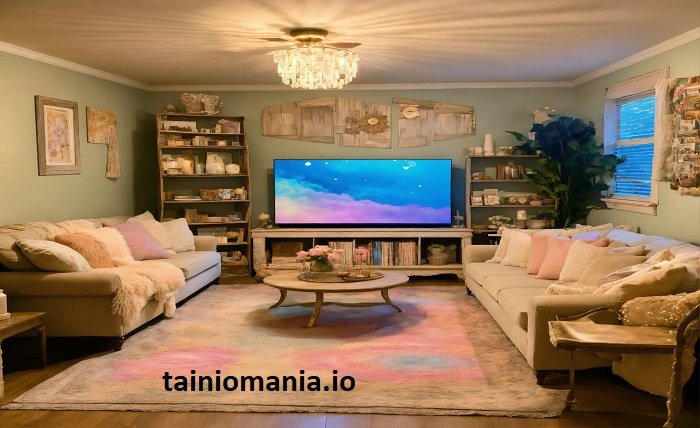In today’s world, where technology and personal style intersect more than ever, a custom entertainment center is a fantastic way to blend functionality with aesthetics in your living space. Whether you’re a movie buff, a gaming enthusiast, or simply looking for a more organized living area, a custom entertainment center can be tailored to meet your specific needs and preferences.
1. Assessing Your Space
Before diving into designs and materials, the first step in creating your custom entertainment center is to evaluate the space available. Consider the size of the room, the wall space, and how the center will fit with other furniture. This will help ensure that your custom unit isn’t too overwhelming or underwhelming in your space.
2. Choosing the Right Materials
The materials you choose for your custom entertainment center will dictate both its appearance and its durability. From classic woods like oak and maple to modern materials like tempered glass and metal, the options are vast. Consider the overall decor of your room and the level of maintenance you are willing to undertake.
3. Incorporating Technology
A custom entertainment center is not just about aesthetics; it’s also about functionality. Plan for how you will integrate your electronic devices, including your television, gaming consoles, and sound systems. Think about ventilation for electronic devices and cable management to keep things neat.
4. Storage Solutions
One of the main benefits of a custom entertainment center is the ability to include personalized storage solutions. Drawers, shelves, and cabinets can be designed to hold everything from DVDs and video games to remote controls and user manuals. Tailor these solutions to your media consumption habits for maximum efficiency.
5. Lighting Your Entertainment Center
Lighting can dramatically enhance the ambiance of your entertainment area. Consider incorporating LED strip lights, spotlights, or even ambient backlighting to enhance viewing experiences and add a touch of style to the unit.
6. Style and Design
Your custom entertainment center should reflect your personal style. Whether you prefer a sleek, modern look with minimalist lines or a more traditional design with intricate woodwork, the design elements you choose will set the tone for your living space.
7. Professional Help vs. DIY
Deciding whether to hire a professional or undertake the project yourself depends on your skill level and budget. A professional can offer design insights and ensure that the construction is safe and sturdy, while a DIY project might provide personal satisfaction and potentially lower costs.
8. Future-Proofing
Technology evolves rapidly, so consider future-proofing your custom entertainment center. Design it to accommodate potential upgrades in technology, whether it’s bigger screens, different types of media players, or additional gaming consoles.
9. Maximizing Small Spaces
If you’re working with a smaller room, your custom entertainment center can still be highly functional and stylish. Optimize vertical space with taller units and consider multifunctional furniture that can hide away when not in use.
10. Final Touches
The final touches to your custom entertainment center can include decorative elements that complement the room’s decor. Art pieces, photo frames, and collectibles can all find a home on or around your entertainment center.
Conclusion
A custom entertainment center is not just a piece of furniture but a central part of your home’s living area. It combines style, functionality, and personalized flair to make any entertainment activity more enjoyable. By carefully planning and considering the points highlighted above, you can ensure that your entertainment center will be a beloved part of your home for years to come.
FAQ
Q1: How much does a custom entertainment center cost?
A1: The cost can vary widely based on materials, size, and whether you hire a professional or DIY. Prices can range from a few hundred dollars to several thousand.
Q2: How long does it take to build a custom entertainment center?
A2: The timeline can vary from a few days for a simple DIY project to several weeks for a professionally built unit, depending on complexity and design.
Q3: What is the best wood for a custom entertainment center?
A3: Hardwoods like oak, maple, and cherry are popular for their durability and appearance but consider your budget and desired finish when choosing.
Q4: Can a custom entertainment center increase my home’s value?
A4: Yes, a well-built and attractive custom entertainment center can add appeal and functionality to your home, potentially increasing its market value.













